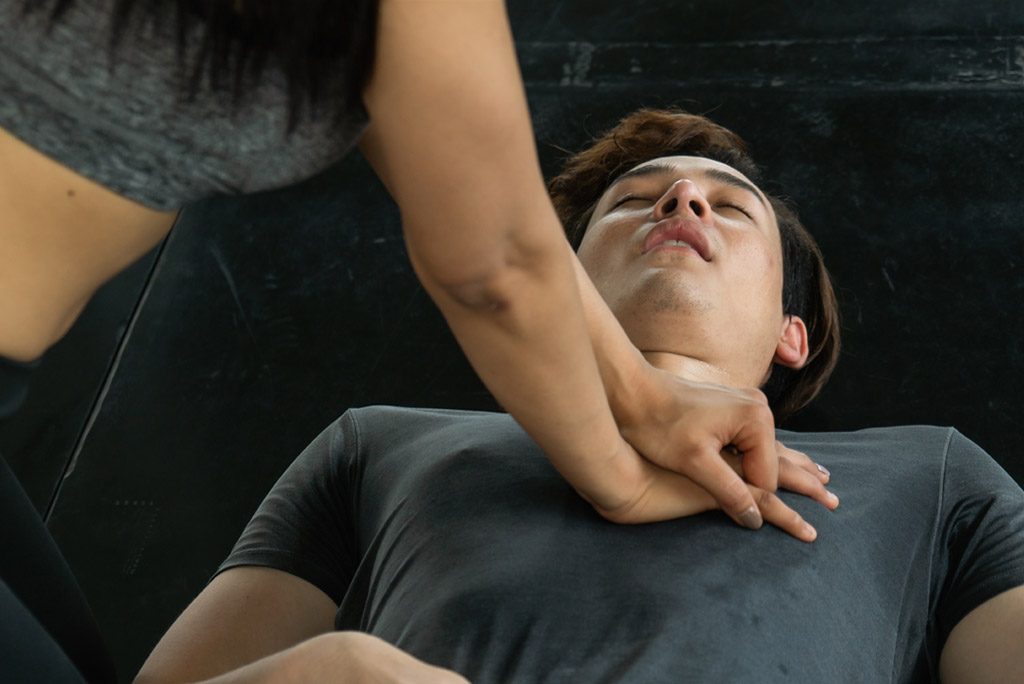
Sudden Cardiac Death (SCD) is an unexpected natural death due to cardiac causes. It accounts for more than 80% of all the causes of sudden death. SCD is responsible for almost half of all deaths related to heart diseases worldwide, the most common being a heart attack. In the US, more than 300,000 sudden deaths occur per year from heart attacks.
Many SCDs involve men. In fact, men are nine times more likely to die from a sudden cardiac event than women. In Singapore, more than 90% of the 1,000 Singaporeans who died from SCD in 2003 were males – with many happening during increases in physical activity such as running a marathon. Part of the reason is that heart disease is more common in men. Another possible factor is that more men participate in extreme sports, increasing the risk of SCD if they have an undiagnosed condition.
It is thus important to learn of one’s risk. Yet even if the risk is known, the suddenness of it means one can’t prepare for it. In SCD, the main mechanism of the fatal event which typically happens within the first hour is usually a serious abnormal rhythm of the heart (called arrhythmia). The disruption in the rhythm of the heart causes the heart muscle to stop pumping. This abnormal rhythm occurs in about 90% of patients with sudden cardiac deaths.
Cardiopulmonary resuscitation (CPR) should be performed immediately when the heart stops beating. This involves regular chest compressions to allow the blood to circulate to the brain as well as to the heart. The definitive treatment for sudden cardiac arrest is to defibrillate the heart using a defibrillator machine. This sends an electric shock to the heart to ‘jump start’ it back to its normal rhythm. This should be done within five minutes from the onset of a cardiac arrest.
Early identification of risks and prevention are paramount. Appropriate cardiac health screening can diagnose many of the risks. Measures such as medication, lifestyle modification and surgical intervention can then come into play.
Recently, the automated implantable cardio-defibrillator has shown to be the best treatment for reducing the risk of sudden cardiac death in a certain subgroup of patients. This includes patients with heart failure, coronary artery disease with impaired left heart function, and survivors of previous cardiac arrest.
In prescibing exercise to patients, we need to remember that individuals, especially those who participate in endurance sports, should have a proper heart screening to prevent and avoid sudden cardiac death. Some people feel that ignorance is bliss and avoid knowing their risks and getting the appropriate treatment. Be mindful of your heart as the consequences of any premature cardiac arrest or death go beyond yourself but also to your loved ones. Sudden cardiac arrest is not rare; surviving it is.







